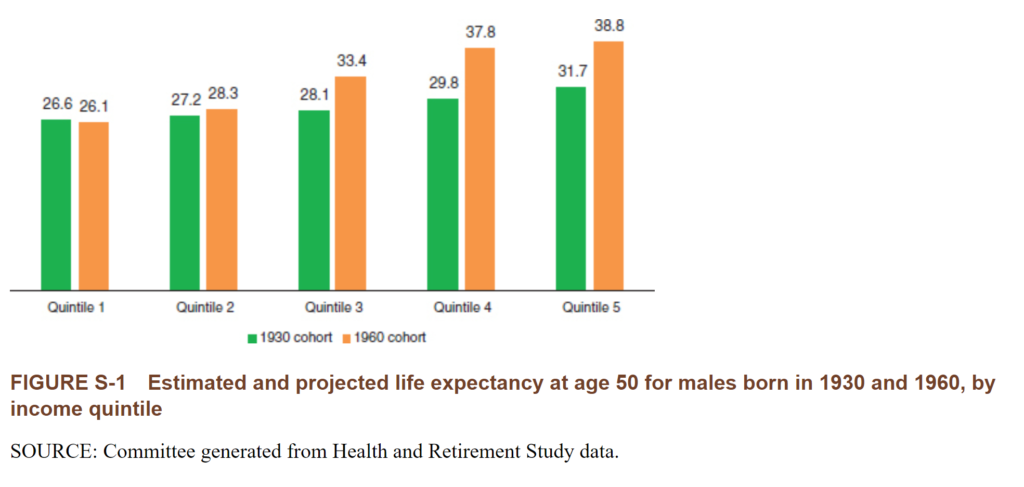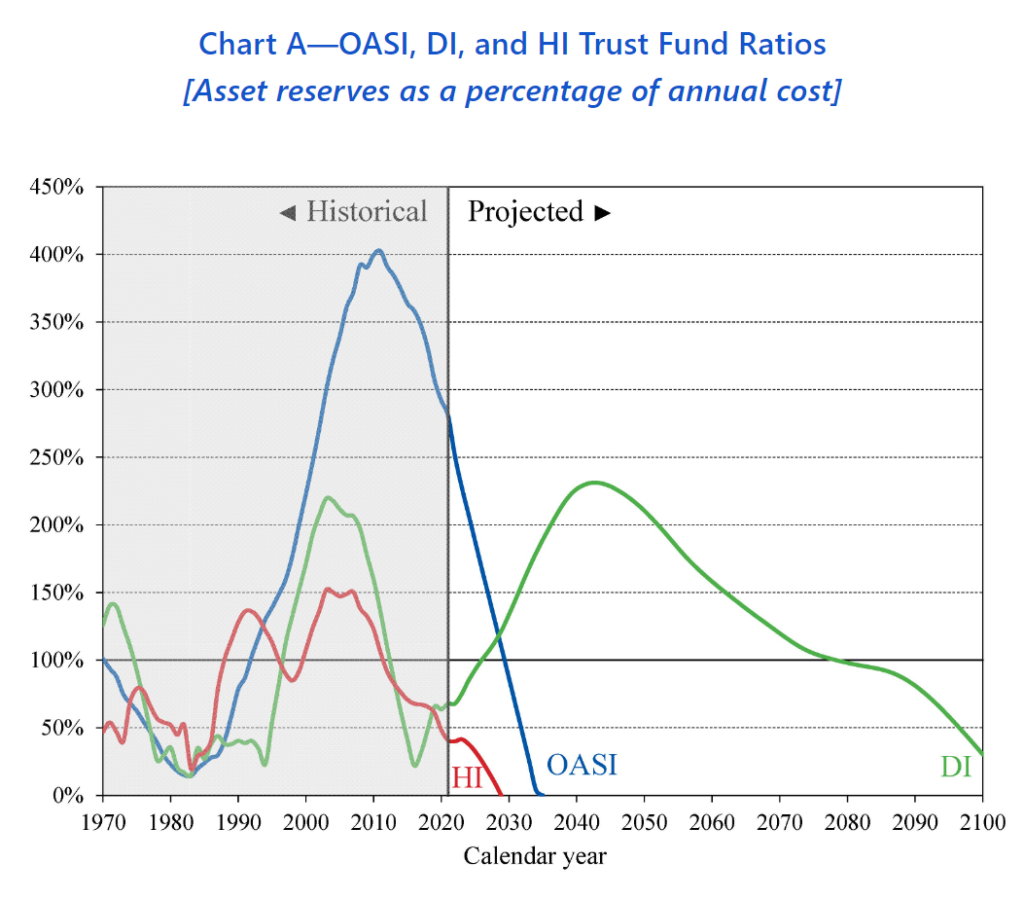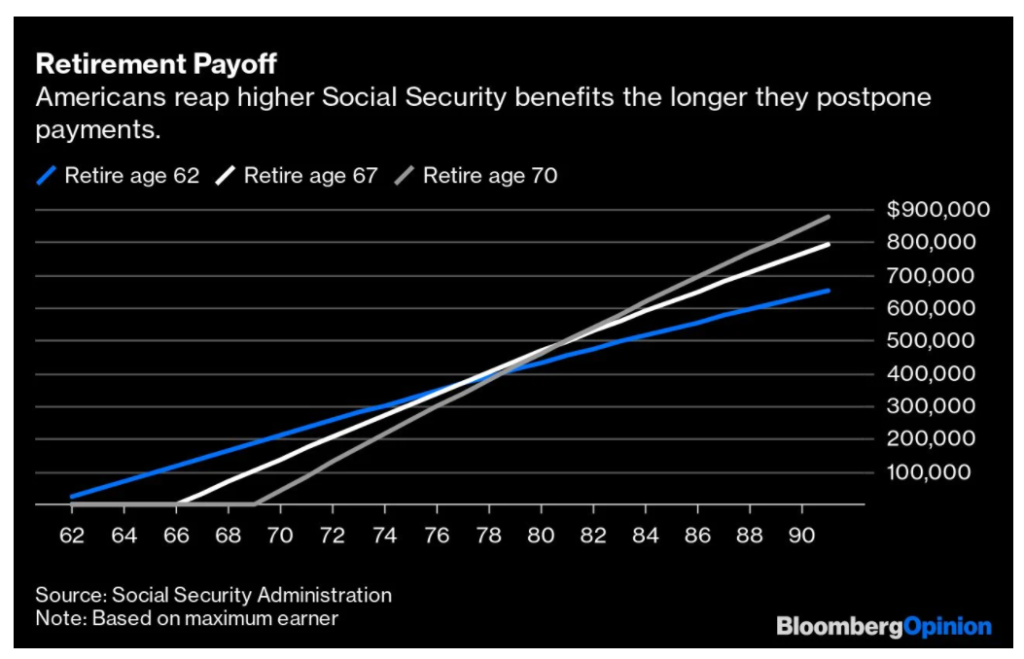Link: https://jacobin.com/2022/06/austerity-entitlement-reform-social-security-democrats-gop
Excerpt:
Days after Obama lamented Democrats’ 2010 electoral “shellacking,” his commission released a plan to slash Social Security benefits and raise the program’s eligibility age. Economist Paul Krugman noted at the time that the commission also suggested using newly gained revenue to finance “sharp reductions in both the top marginal tax rate and in the corporate tax rate.”
The plan ultimately did not receive the fourteen commission votes it needed to move forward, and a few years later in 2012, the House voted down a version of the proposal. That didn’t stop the Obama-Biden administration’s push: right after winning reelection — and after cementing much of the George W. Bush tax cuts — they tried to limit cost-of-living increases for Social Security, to the applause of Republican lawmakers.
…..
Like Obama, Biden campaigned on a promise to protect Medicare and Social Security. But as we have reported, Biden is already affirming big Medicare premium increases and accelerating the privatization of that health care program. Biden also has not pushed to fulfill his promise to expand Social Security, even though there is new Democratic legislation that would do so.
And now with Graham’s comments, Republicans are banking on him becoming the old Joe Biden on Social Security if they win in November.
It’s not an insane political bet. After all, Biden for decades proposed cuts and freezes to Social Security and publicly boasted about it. Indeed, Biden spent most of his career depicting himself as an allegedly rare and courageous Democrat who was willing to push off his party’s base and tout austerity.
Author(s): David Sirota
Publication Date: 16 Jun 2022
Publication Site: Jacobin




